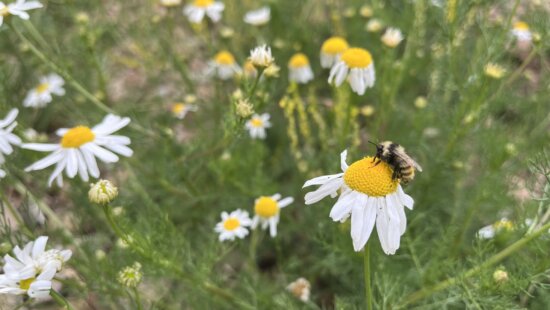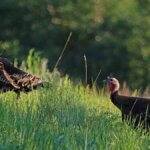Environment
Wildflower Wednesday: Woods Rose brings beauty and resilience to Summit County landscapes
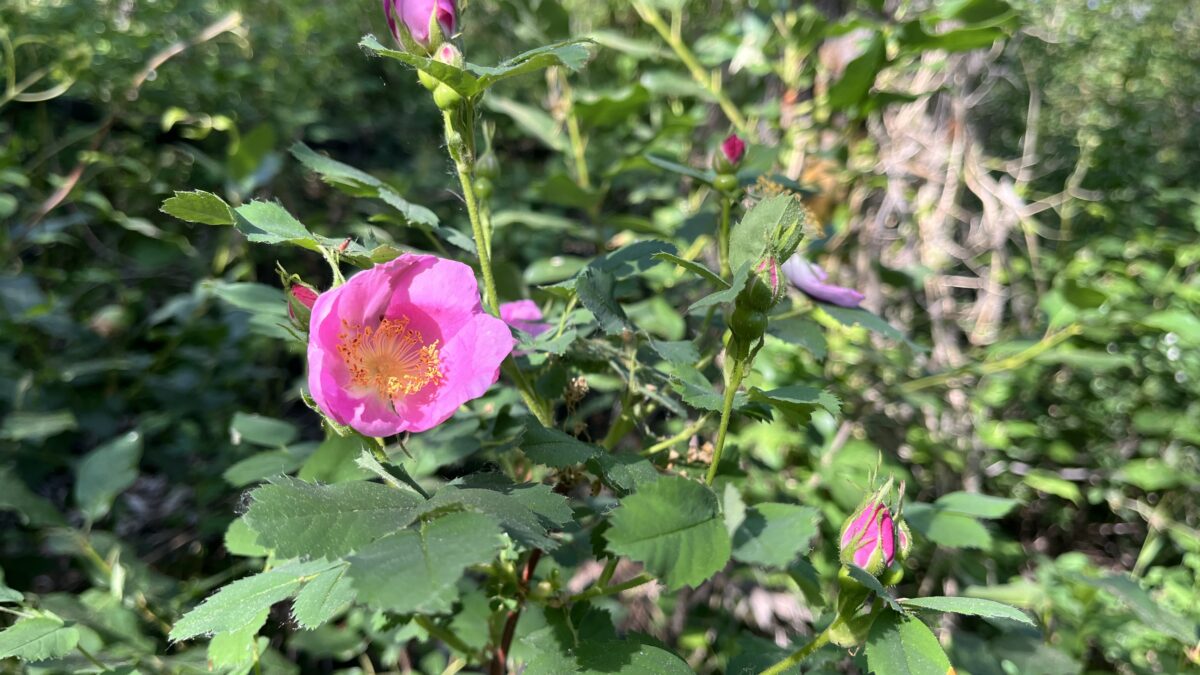
A blooming Woods Rose (Rosa woodsii) adds a splash of vibrant pink to a shaded trail in Park City. Native to Utah, this hardy wildflower thrives in a variety of habitats and elevations across Summit County. Photo: Rebecca Brenner
PARK CITY, Utah — Blooming across riparian corridors, sunny slopes, and wooded thickets throughout Summit County, Rosa woodsii—better known as Woods Rose or Wild Rose—is one of Utah’s most resilient native shrubs. According to the Utah State University Extension’s Range Plants of Utah, this perennial species is a cool-season grower, commonly reaching heights of 2 to 5 feet and often forming dense thickets through seed, rhizomes, sprouting, and layering.
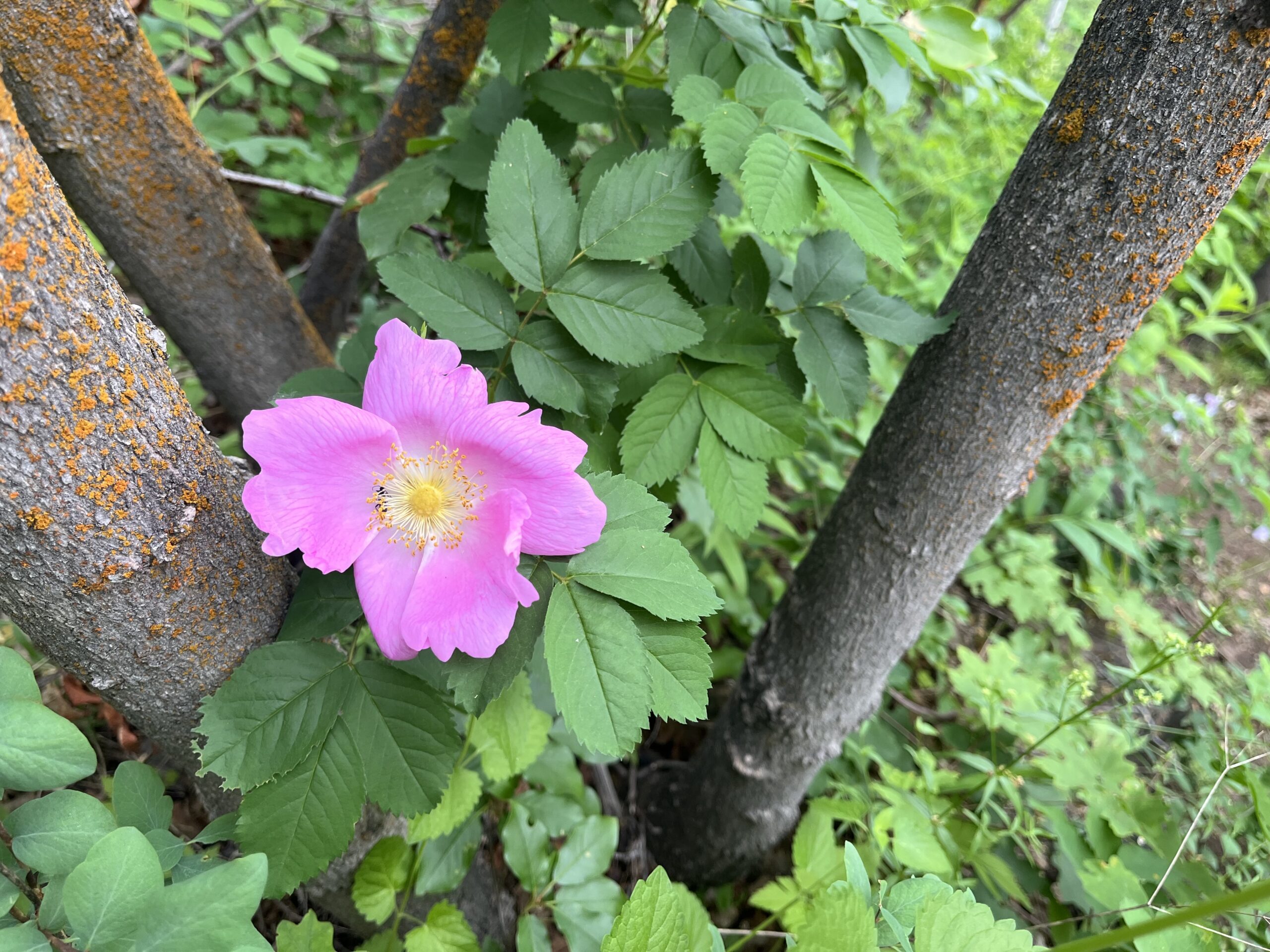
Locally, Woods Rose can be spotted in places like Round Valley, the Rail Trail, and along McLeod Creek, typically thriving at elevations from 6,000 to 7,500 feet—well within its natural range of 3,500 to 7,500 feet as documented by Utah State University Extension. It favors a wide array of habitats, from dry slopes and open woods to moist, shaded ravines and riparian ecosystems. In these environments, it begins growth early in spring and typically flowers between May and July.
The flowers of Woods Rose are delicate and aromatic, featuring five petals, five sepals, and numerous stamens. Colors range from white to deep rose, and blooms often appear in loose clusters. Once the petals fall, bright orange-red fruits known as rose hips develop and generally remain on the branches well into winter. As noted by the Extension, these hips serve as a critical food source for many birds and mammals during the snowy months, when other options are scarce.
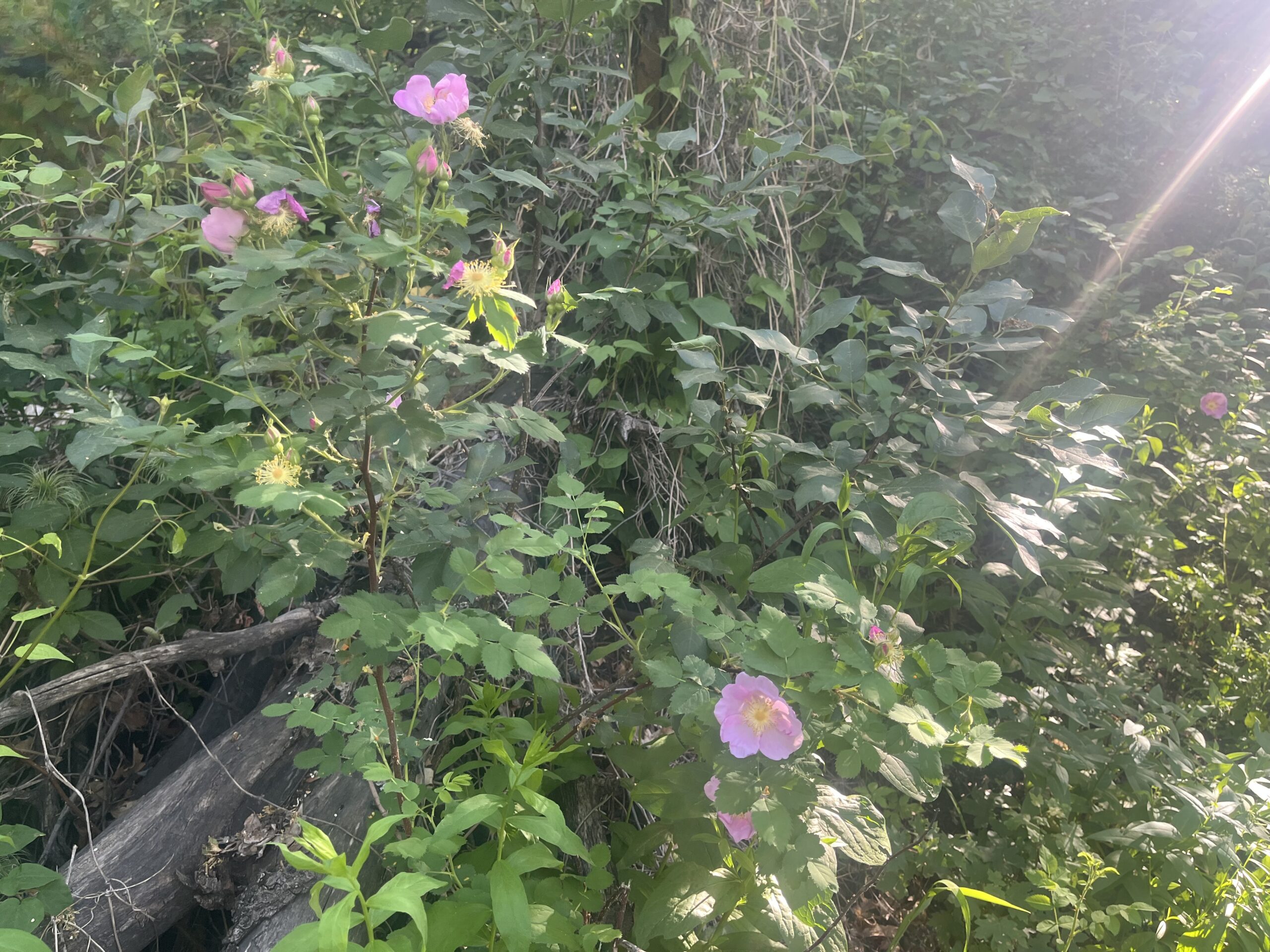
Its reddish-brown to gray stems are armed with straight or recurved prickles, and the plant’s buds are distinctively red and glossy. Leaves are alternate and composed of oval, serrated leaflets with a shiny upper surface. The Extension also points out that the shrub’s lower trunk is often irregularly split, revealing pale inner bark beneath the red-brown outer layer.
Woods Rose is especially notable for its ecological adaptability. The Utah State University Extension highlights its tolerance for moderate shade to full sunlight, its ability to persist under browsing pressure, and its exceptional fire resistance. After wildfires, the plant typically survives and regenerates vigorously, sending up fresh shoots from its deep, extensive rhizomes. This trait makes it an ideal candidate for erosion control and revegetation projects, especially on disturbed or fire-prone landscapes in Summit County.
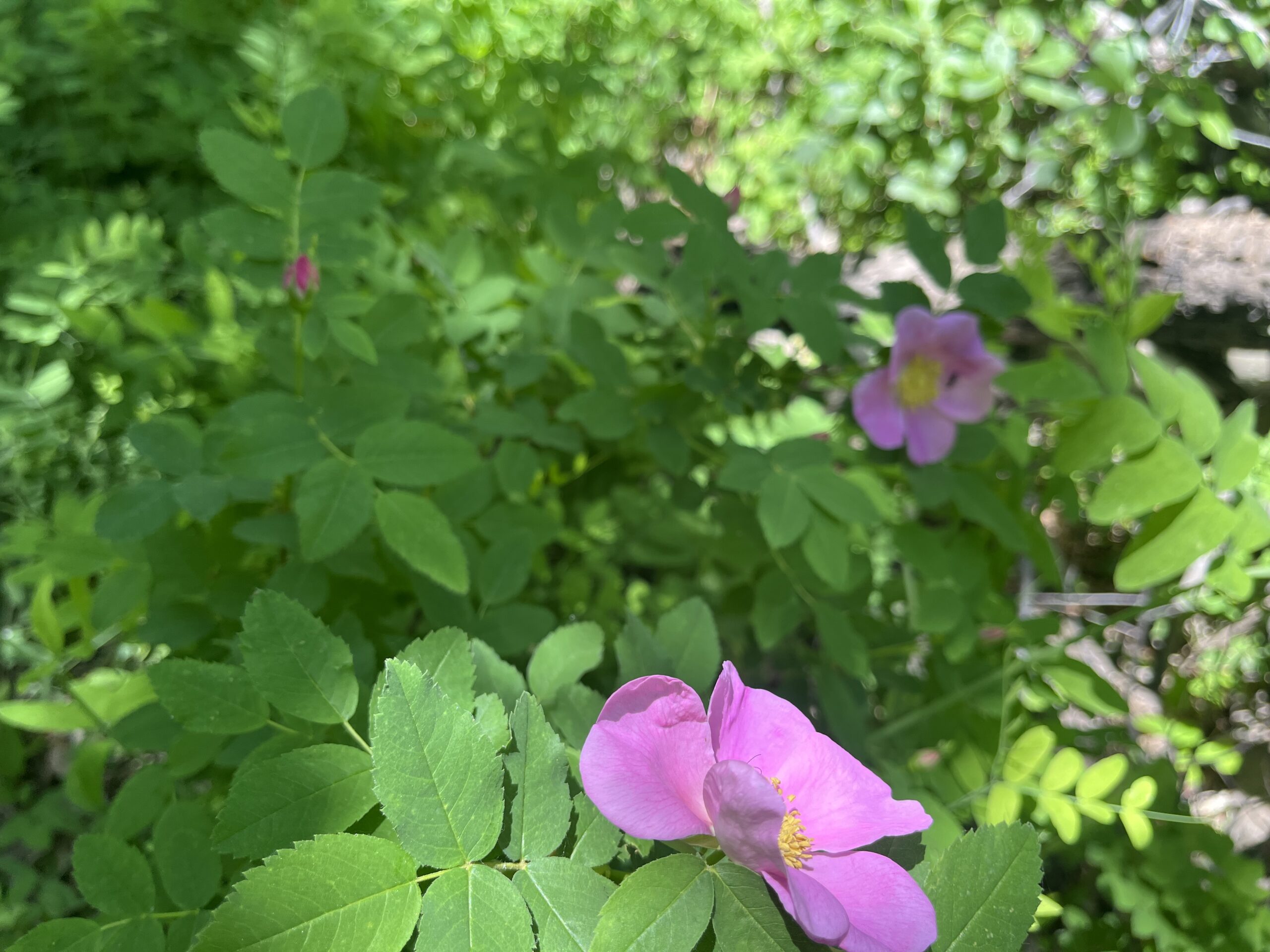
The shrub’s soil tolerance is equally wide-ranging. It grows best in well-drained clay loam or sandy soils but is known to perform well in both moderately acidic and slightly basic conditions. While capable of surviving in drier zones, it tends to thrive in the moist soils common in riparian areas—another reason it’s often found near creeks and floodplains across Park City.
Woods Rose also has a long history of human use. Indigenous peoples used its young shoots as potherbs, steeped the leaves for tea, and ate the petals raw or candied. Rose hips, rich in vitamins A and C, were commonly used by both Native American communities and European settlers in syrups and soups. The Utah State University Extension notes that the inner bark was even smoked like tobacco, and dried petals were saved for perfume.
Livestock and wildlife continue to rely on Woods Rose throughout the year. Big game and domestic animals prefer the shrub in spring when new leaves emerge, while porcupines, beavers, and birds feed on both leaves and hips. These multi-season food and habitat benefits, combined with the plant’s durability, help explain why it remains such a valuable part of Utah’s mountain ecosystems.
To learn more about this and other native Utah plants, visit Utah State University Extension’s Range Plants of Utah.
Have photos/videos of wildflowers from the trail? Share with tips@townlift.com for a chance to be featured!

















